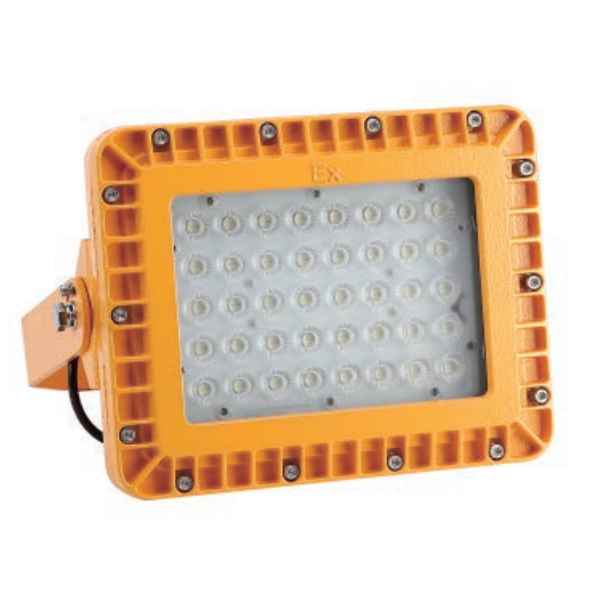Basic Features
The Marine Electric Whistle HSD-90 is a robust, piston-driven ship whistle designed for powerful sound penetration and quick activation. Its fully sealed design ensures excellent waterproofing, making it reliable even in extreme weather conditions. The HSD-90 produces consistent, standardized warning tones, which are crucial for maritime safety. Think of it as the maritime equivalent of a foghorn on steroids—built to cut through the chaos of the open sea.
On the other hand, the Marine Electronic Horn BZCDD is a modern electronic horn that uses advanced electroacoustic technology to deliver clear and loud signals. Its compact and lightweight design makes it a practical choice for vessels with limited space. The BZCDD’s acoustic engineering ensures its sound travels far with precision, offering a balance of functionality and ease of use.
HSD-90 and BZCDD Working Principle Comparison
The HSD-90 operates using an electric piston mechanism. When activated, the motor drives the piston in a reciprocating motion, compressing air to generate sound waves. This mechanical process ensures stable, reliable sound output over time. However, like any system with moving parts, wear and tear can occur, requiring periodic maintenance.
The marine piston electric whistle HSD-90 uses an electric motor as the original power, through gear transmission, to make the eccentric shaft rotate at high speed, drive the piston to reciprocate at high speed in the piston cylinder, compress the air in the sound cavity to produce the whistle, and the automatic controller can be used to automatically control the whistle to emit different sound signals. According to the actual environmental needs of the ship, it can automatically and regularly send out “fog horn” signals with different coded information in accordance with the requirements of international conventions.
In contrast, the BZCDD relies on electronic sound generation. Electrical energy is converted directly into sound energy via internal circuits and amplified through a speaker unit. This eliminates moving parts entirely, reducing maintenance needs and increasing operational simplicity. It’s like comparing an analog clock to a digital one—the former has intricate mechanics, while the latter is straightforward and efficient.
HSD-90 and BZCDD Applicable Vessel Types and Uses
The HSD-90 is built for large vessels such as cargo ships and tankers. Its high sound pressure levels make it ideal for long-distance signaling in open waters or during poor visibility conditions like fog or storms. For example, imagine a massive oil tanker navigating through dense fog—its HSD-90 whistle ensures nearby vessels are alerted well in advance.
The BZCDD, however, shines on smaller vessels like fishing boats or yachts. Its versatility allows it to function not only as a navigation aid but also as an emergency signaling device. Picture a recreational yacht cruising near busy harbors—its BZCDD horn provides clear signals without overwhelming the environment.
Technical Parameter Comparison
| Parameter | HSD-90 | BZCDD |
|---|---|---|
| Operating Voltage | DC 24V | DC 12V/24V |
| Sound Pressure Level | 130dB | 120dB |
| Frequency Range | 70-200Hz | 100-250Hz |
| Power Consumption | 250W | 150W |
The table highlights the HSD-90 superior sound pressure level (130dB vs. 120dB), making it better suited for large-scale operations. Meanwhile, the BZCDD lower power consumption (150W vs. 250W) makes it more energy-efficient—a critical factor for smaller vessels with limited power resources.

Advantages and Disadvantages Analysis
HSD-90 Advantages:
- Unparalleled Sound Strength: Its high decibel output ensures audibility even in noisy environments.
- Durability: Designed for harsh maritime conditions.
- Adaptability: Performs well across various vessel types and weather conditions.
HSD-90 Disadvantages:
- Higher Energy Demand: Requires more power to operate.
- Maintenance Needs: Moving parts mean regular upkeep.
- Bulky Design: May not suit vessels with space constraints.
BZCDD Advantages:
- Ease of Installation: Lightweight and compact design simplifies setup.
- Energy Efficiency: Consumes less power compared to HSD-90.
- Minimal Maintenance: No moving parts reduce wear and tear risks.
BZCDD Disadvantages:
- Lower Sound Output: Less suitable for large-scale operations.
- Shorter Lifespan: Components may degrade faster under heavy use.
- Weaker Interference Resistance: More prone to electromagnetic disturbances.
HSD-90 and BZCDD Structure and Installation
The HSD-90 features a modular design comprising a motor drive unit, piston assembly, and sound tube. Installation requires careful consideration of load-bearing capabilities and waterproofing measures. Typically, professional installation is recommended due to its size and complexity.
In contrast, the BZCDD has a simpler structure with an electronic controller, speaker unit, and waterproof casing. Its flexible installation options allow it to be mounted almost anywhere on the vessel without extensive preparation—a significant advantage for smaller ships or retrofitting projects.
Performance and Reliability
The HSD-90 thrives in extreme environments with an IP56 waterproof rating and an operational temperature range of -25°C to +70°C. Its robust construction ensures consistent performance over time, making it a trusted choice for demanding maritime operations.
The BZCDD offers strong electromagnetic compatibility and includes overvoltage and overcurrent protection features. While its electronic components meet high standards, they may not match the mechanical resilience of the HSD-90 in prolonged heavy-duty use.
Price and Market Positioning
The HSD-90 targets high-end markets with its premium pricing justified by durability and performance. It’s ideal for professional maritime users who prioritize reliability over cost. Meanwhile, the BZCDD caters to budget-conscious buyers seeking value without compromising functionality. It’s particularly appealing for small-to-medium-sized vessel owners looking for affordable yet effective solutions.
Use and Maintenance
The HSD-90 requires regular inspections of its piston mechanism to ensure smooth operation. Lubrication is crucial to prevent wear on moving parts. A quarterly maintenance schedule is recommended to address potential issues before they escalate.
For the BZCDD, maintenance is straightforward: clean its casing regularly and check electrical connections to avoid corrosion or loose wiring. Monthly function tests are advisable to ensure proper operation. However, extra care must be taken to protect its electronic components from moisture damage.







